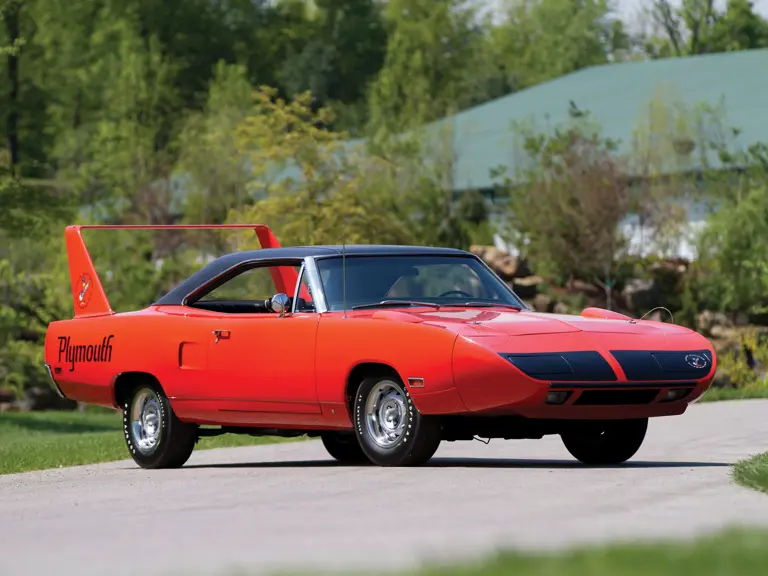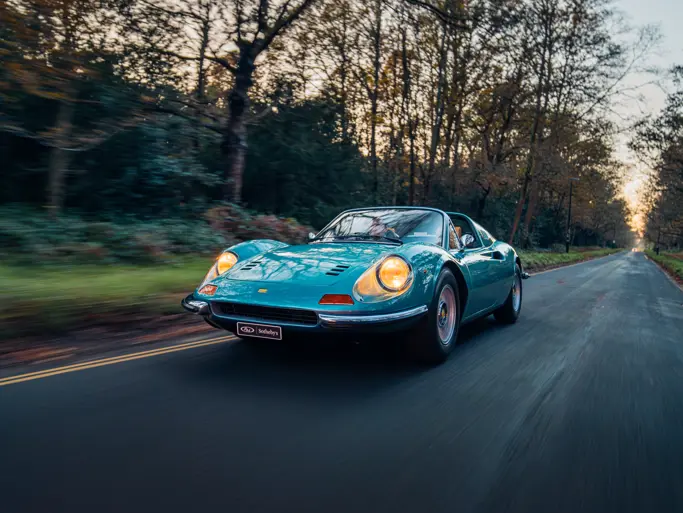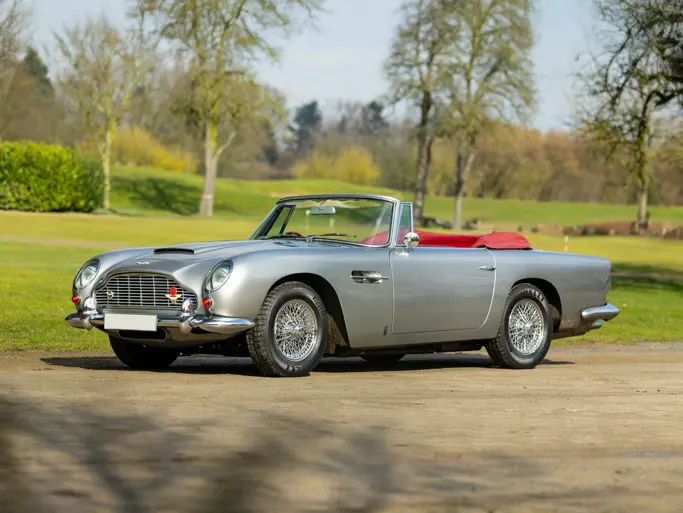 | Auburn, Indiana
| Auburn, Indiana
Chassis no. RM23U0A163495
Model RM. 440-cid, 375-hp OHV V-8 engine, three-speed Torqueflite automatic transmission, torsion bar independent front suspension, live rear axle with semi-elliptic leaf springs, and front-disc, rear-drum power hydraulic brakes. Wheelbase: 116-inches
Conceived for NASCAR racing, the Superbird was a follow-on project from Dodge’s Charger Daytona of 1969, one of the so-called “aero cars” competing that year. Taking advantage of the Daytona experience, engineers worked from the Road Runner, itself a no-nonsense performance version of the Satellite. Further refining the nose cone and wing from the Charger Daytona, they were able to achieve greater efficiency. Three engine options were available, a 426 Hemi, 440 Super Commando with a single four-barrel, and a 440 Super Commando Six Barrel with three carburetors.
NASCAR had raised the production requirement for homologation, requiring not 500 but one for every two dealers in the U.S. For Plymouth that meant 1,920 cars. Best estimates put the total at 1,935 cars, all built in 1970.
The specific objective of the Superbird was to lure Richard Petty back to Plymouth. Petty had left for Ford in the fall of 1968, but he succumbed to the Superbird’s charms in 1970, winning eight races and finishing well in many more. For 1971, however, NASCAR limited the engine size of the aero cars to five liters, or 305 cubic inches. Larger engines were penalized by carrying more weight, which quickly deflated the whole aero effort. The cars quickly became orphans, and even the street versions were difficult to sell because of the extreme styling. Some were even converted back to Road Runners to make them more saleable. In recent years, however, soaring prices for original Superbirds has begotten a cottage industry in conversion kits for Road Runners and Satellites.
This genuine Superbird comes with documentation from registrar Galen Govier citing its build date of November 12, 1969. Painted in correct Torch Red, it has a black vinyl roof, power steering, power brakes, windshield washers, heater and an AM radio. The engine is the 375-hp four-barrel version of the 440-cid Wedge.
Contours are excellent, as is the paint but for only minor scratches. There is little brightwork, but all of it is very good. Unusually, it has a bench seat, in black vinyl, all very good, as well as the original interior, with matching black carpet. The engine compartment is very clean, and in need of only minor detailing. The undercarriage is painted black with a textured finish. Rally wheels sport Goodyear Polyglas GT blackwall F-60-15 tires.
Just 1,084 four-barrel 440 Superbirds were sold in the United States. Thus, this car is a member of a select fraternity.





